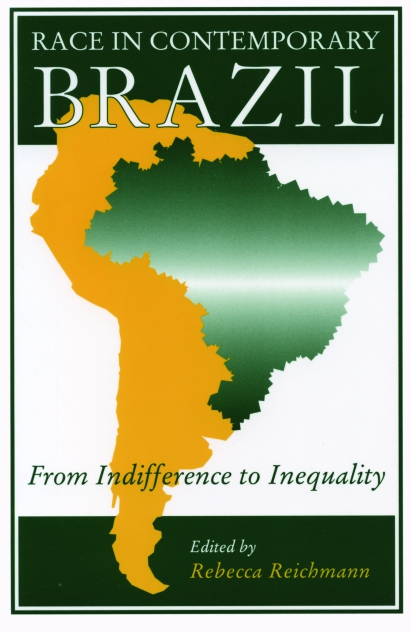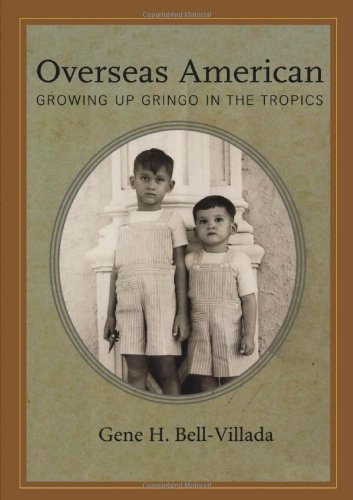Discovering Early California Afro-Latino PresencePosted in Books, History, Latino Studies, Media Archive, Monographs, Native Americans/First Nation, United States on 2015-02-04 20:10Z by Steven |
Discovering Early California Afro-Latino Presence
Heyday
November 2010
24 pages
Paperback, 6 x 9
ISBN: 978-1-59714-145-1
Damany M. Fisher, Professor of History and Political Science
Mt. San Antonio College, Walnut, California
California’s Afro-Latino heritage
Although it is not generally apparent from paintings and other depictions of early California, many members of the pioneering Anza expeditions and Spanish California’s most prominent families were of mixed race—Hispanic, Indian, and African. At a time when slavery was still legal in the United States, these Afro-Latinos made major contributions to early California. They were landowners, soldiers, judges, governors, and patriarchs of some of the state’s most influential families. They opened up trails, led rebellions, and established ranchos and pueblos that would become the basis for many of today’s cities.
This pamphlet, produced in conjunction with the Juan Bautista de Anza National Historic Trail, provides an overview of these remarkable families, describes their backgrounds, and investigates the ways in which they reshaped early California. It also provides us with an image of a society in which the relationships between races, and racism itself, were far different, and perhaps less rigidly understood, than they are today.








